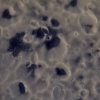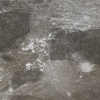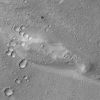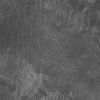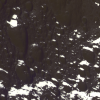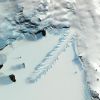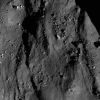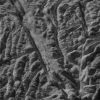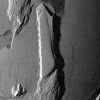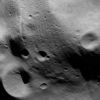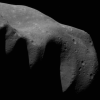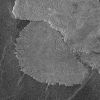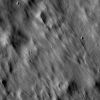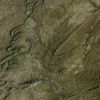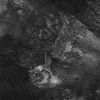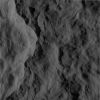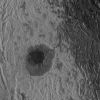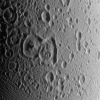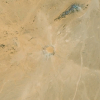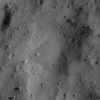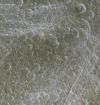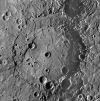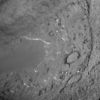Emily Lakdawalla • Dec 21, 2010
Door 21 in the 2010 advent calendar
Time to open the twenty-first door in the advent calendar. Until the New Year, I'll be opening a door onto a different landscape from somewhere in the solar system. Where in the solar system is this rumpled blanket?
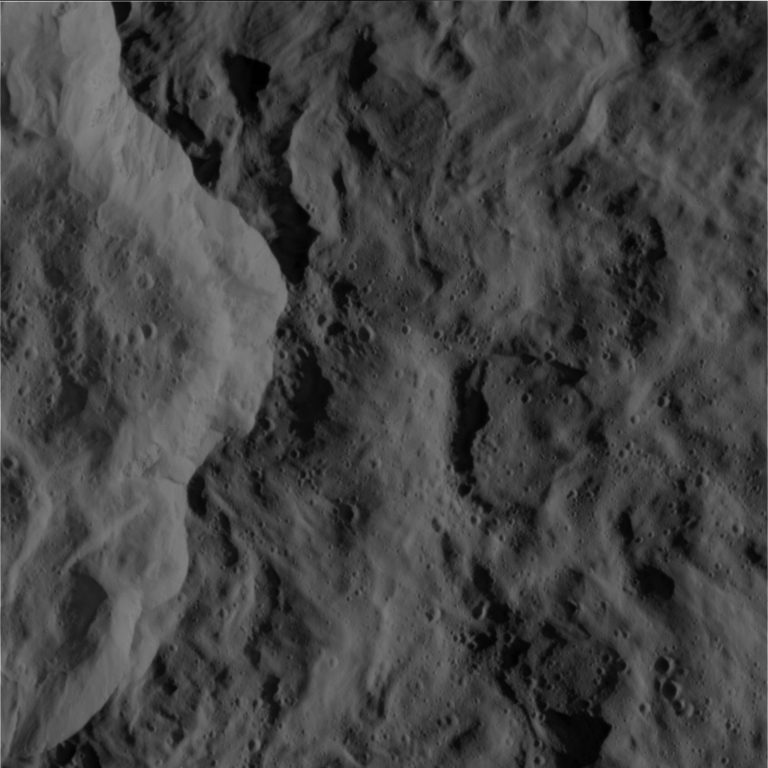
You're looking at a tiny portion of the crater formerly known to most as the "splat" on Saturn's moon Rhea, but which (as of this year) finally has a formal name, Inktomi. Cassini captured this image as it was shooting past its first targeted flyby of the moon, on November 26, 2005; its range at the time that this image was taken was a mere 531 kilometers from Rhea. Although Cassini got closer to Rhea in a 100-kilometer flyby in March of this year, the image above remains pretty much the highest-resolution view of the moon ever taken. And -- coincidence! -- the mission released a spectacular pair of mosaics from the March flyby today, one of them in 3D, so get your glasses.
Rhea is a battered moon but this image shows a relatively crater-free area, part of the Inktomi crater (whose scarp and floor make the left side of this image) as well as part of its continuous ejecta blanket, which spreads across most of the view. The continuous ejecta blanket is a deposit of material that was excavated from within the crater during the impact. It covers up preexisting terrain (thus, "blanket") and has that characteristic rumpled texture made of hillocks and waves of solid material that lie where they fell to the ground. Superimposed on the rumpled blanket are spatters of smaller craters, whose clusters and rows make it pretty clear they are secondaries, formed when a more distant impact scattered boulders over a longer distance before they fell. The Inktomi impact certainly produced their own secondaries, but they're farther away from the original crater, part of the less continuous, distal deposits.
I just checked the Cassini tour page and realized that there's an even closer targeted flyby of Rhea coming up very soon, on January 11, 2011, at a distance of only 76 kilometers!
The Planetary Society Blog 2010 Advent Calendar
Support our core enterprises
Your support powers our mission to explore worlds, find life, and defend Earth. You make all the difference when you make a gift. Give today!
Donate

 Explore Worlds
Explore Worlds Find Life
Find Life Defend Earth
Defend Earth


